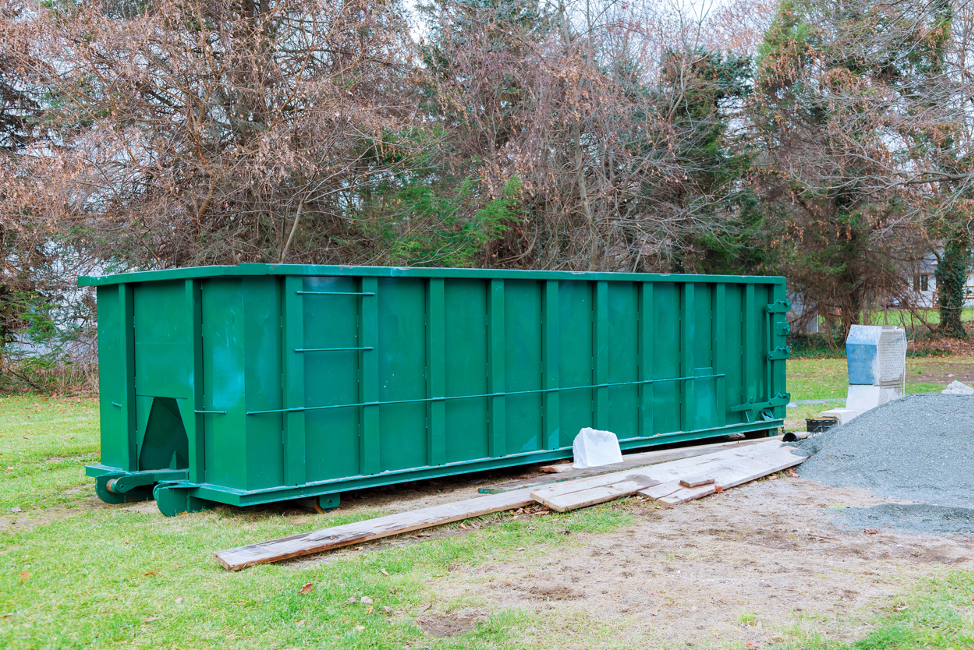What Are The Different Types Of Noise?
What Is Noise?
It’s critical to recognise the difference between background noise and actual sound. The term “noise” refers to any sound that is unwelcome, bothersome, unpleasant, or excessively loud.
We can tell a lot about noise from our ears. Discomfort can range from mild to severe depending on how loud the noise is. These tones cut through the din of daily life and bring us back to the present moment.
In order to obtain an accurate picture of the effect of various kinds of noise, we aim to replicate the way the human ear perceives it.
A-weighted frequency is what we use because it’s more sensitive between 500 and 6 kHz, which is why we use it. You’ll see dB when noise has just been tested in this way (A). A, C, and Z speed weightings can be found here. See Also plastic pollution.
The Types Of Noise
Here’s a breakdown of the different types of noise that affect us all.
1. Continuous Noise
As the name implies, this type of sound comes from machinery or other devices that are constantly running and thus produce noise that is continuous. This could be caused by equipment in the factory, engine noise, or HVAC systems.
Using a sound level metre, you can get an accurate reading of the sound levels in a few minutes. With octaves band analysis, you’ll be able to examine the noise in greater detail. It is possible to decompose noise into its individual frequencies using octaves. This data will reveal the exact frequency that is causing the noise.. The frequency content of the noise you’re measuring can be further investigated using 1:3 octave bands, which provide even more information.
2. Intermittent Noise
When a sound level fluctuates rapidly, it is called intermittent noise. Trains, factory machinery, or planes flying over your house could all be to blame for this type of noise.
A sound level metre is used to measure both intermittent and continuous noise. You also have to know how long each occurrence lasts and how far apart they are. Measuring over multiple occurrences and calculating an average will give you a more accurate idea of noise levels. It’s easy to calculate the LAeq if you’re using an able to integrate sound level metre, which does this for you.
3. Impulsive Noise

Construction and demolition sites are the most common sources of impulsive noise. Due to the rapidity and surprise with which they occur, these noise bursts can startle you. Impulsive noises can be caused by explosions, construction equipment, or even your next door neighbour doing some DIY on the weekend.
A sound level meter or a personal noise detector that can calculate Maximum values is required to measure impulsive noise.
The average or Leq value is only one component of the overall sound pressure level (SPL) and should not be taken as a substitute for the peak level (Peak). The C-weighting method is commonly used to measure Peak levels in most applications, so be sure your sound level metre has this capability.
4. Low-Frequency Noise
Sound level metres with third octave band analysis are best for measuring low-frequency noise. This allows you to hear the frequencies that create up the noise. C-weighted measurements may also be necessary to compare to A-weighted measurements, as this can indicate the presence of low-frequency noise. The various frequency weightings are described in detail here if you’re interested in learning more.
Noise pollution :The sounds we hear on a daily basis include low-frequency noise. This constant low-frequency noise comes from a variety of sources, including nearby power plants and large diesel engines. If the noise can’t be reduced directly at its source, it can spread for miles.





